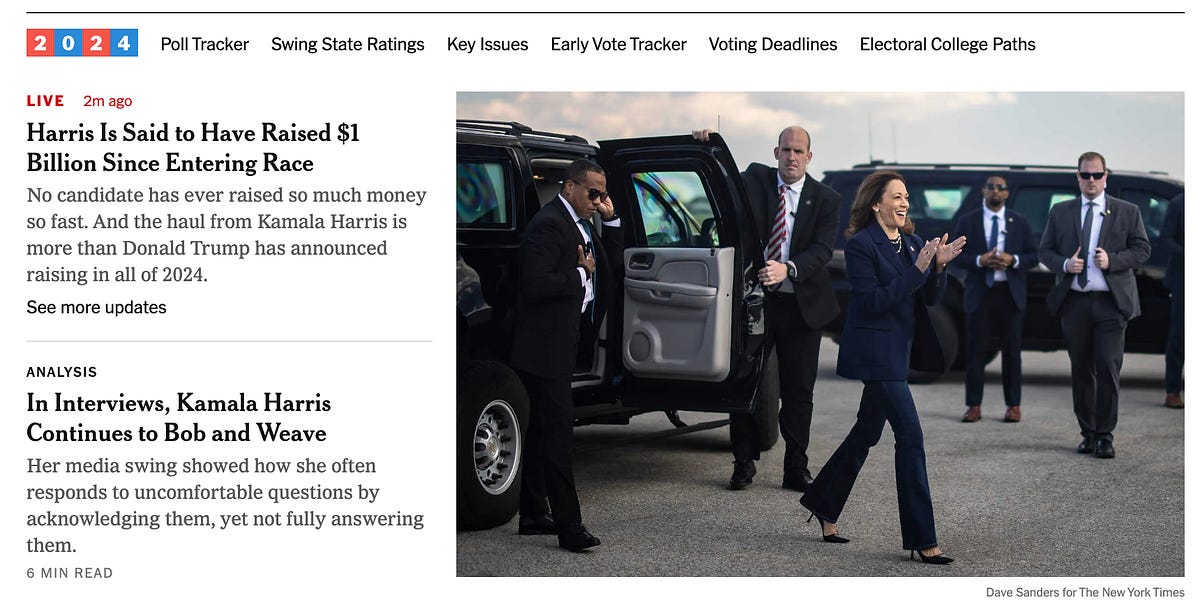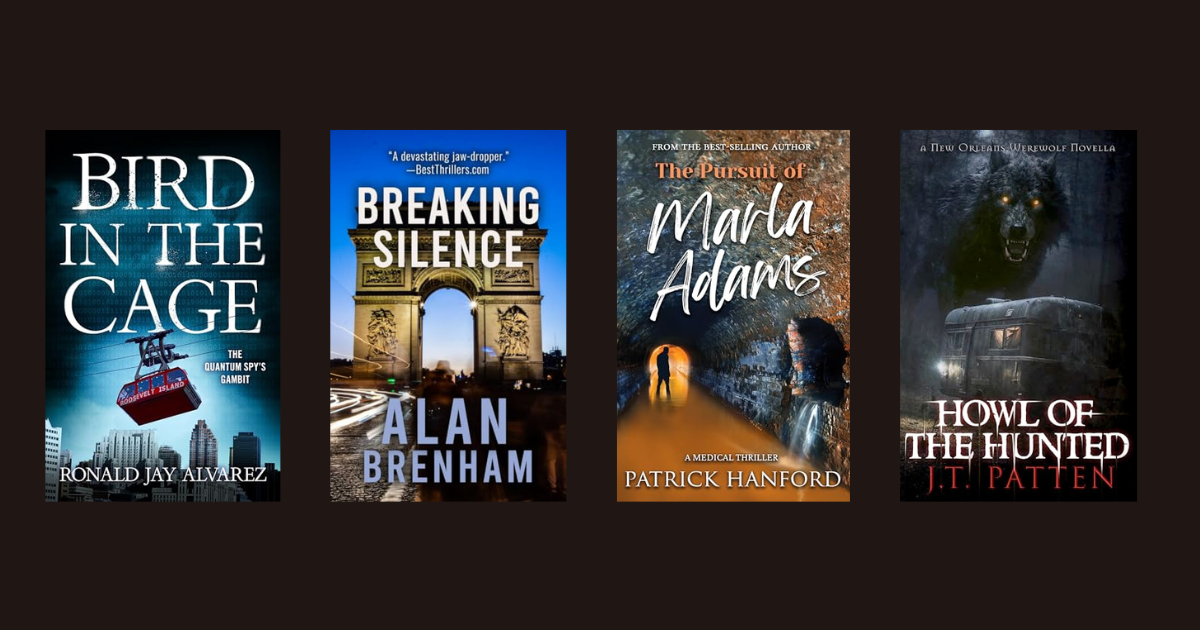For example, take “The Shining“: When it first came out, there were complaints across the board about its deviations from the text, the over-the-top performances from Jack Nicholson and Shelley Duvall, and its slow pace. Nowadays, of course, it’s regularly considered one of the greatest horror movies ever made.
Therefore, it shouldn’t be surprising that Kubrick’s final film, “Eyes Wide Shut,” would receive a similarly chilly reception when it first hit theaters in July of 1999. Thanks to the combination of natural interest in Kubrick’s first film since 1987’s “Full Metal Jacket,” his sudden passing a few months earlier, the presence of Hollywood’s hottest couple at the time—the then-married Tom Cruise and Nicole Kidman—and an ad campaign that suggested a boundary-pushing erotic thriller beyond the likes of anything Hollywood had ever seen before, interest in the project could not have been higher. While it did get some good reviews here and there, it was largely dismissed by critics who found it pretentious, lugubriously paced, and, most of all, not sexy. As for audiences, they flocked to it during its opening weekend, only to discover that the film that they had been primed to see, one in which they would theoretically get to see two of filmdom’s most glamorous stars getting it on, was not the one that Kubrick gave them. They responded accordingly—the box-office receipts plummeted after a big opening weekend and the film received a “D-“ CinemaScore rating.
It’s now 25 years since the film’s debut and, perhaps inevitably, it has gone through its own period of critical reevaluation. What they’ve discovered (and what some of us have known from the start) is that “Eyes Wide Shut” is a film like no other—a strange, unsettling, and provocative exploration of marriage and sexual jealousy as defiant of expectations as anything that Kubrick ever made. It can also be seen as the culmination of an era in screen history: just before American cinema became almost entirely dominated by sequels, remakes, reimaginings and adaptations of comic books, here was a film that took its blockbuster-worthy elements and put them in service of an adult-oriented movie.

Like every film Kubrick made since “The Killing” (1956), “Eyes Wide Shut” was inspired by a previously published work, in this case, Austrian author Arthur Schnitzler’s 1926 novella “Traumnovelle,” also known as “Dream Story.” Kubrick first encountered the works of Schnitzler, who was celebrated for his controversial, psychologically-driven explorations of sexuality, and was particularly taken with “Traumnovelle” and its meditation on erotic ambiguities occurring within the context of a seemingly happy, stable, and comfortable marriage. He acquired the film rights to it in the late 1960s but was stymied by how to best approach it in cinematic terms, though he would always return to it while in between projects.
























































![Key Metrics for Social Media Marketing [Infographic] Key Metrics for Social Media Marketing [Infographic]](https://www.socialmediatoday.com/imgproxy/nP1lliSbrTbUmhFV6RdAz9qJZFvsstq3IG6orLUMMls/g:ce/rs:fit:770:435/bG9jYWw6Ly8vZGl2ZWltYWdlL3NvY2lhbF9tZWRpYV9yb2lfaW5vZ3JhcGhpYzIucG5n.webp)
















